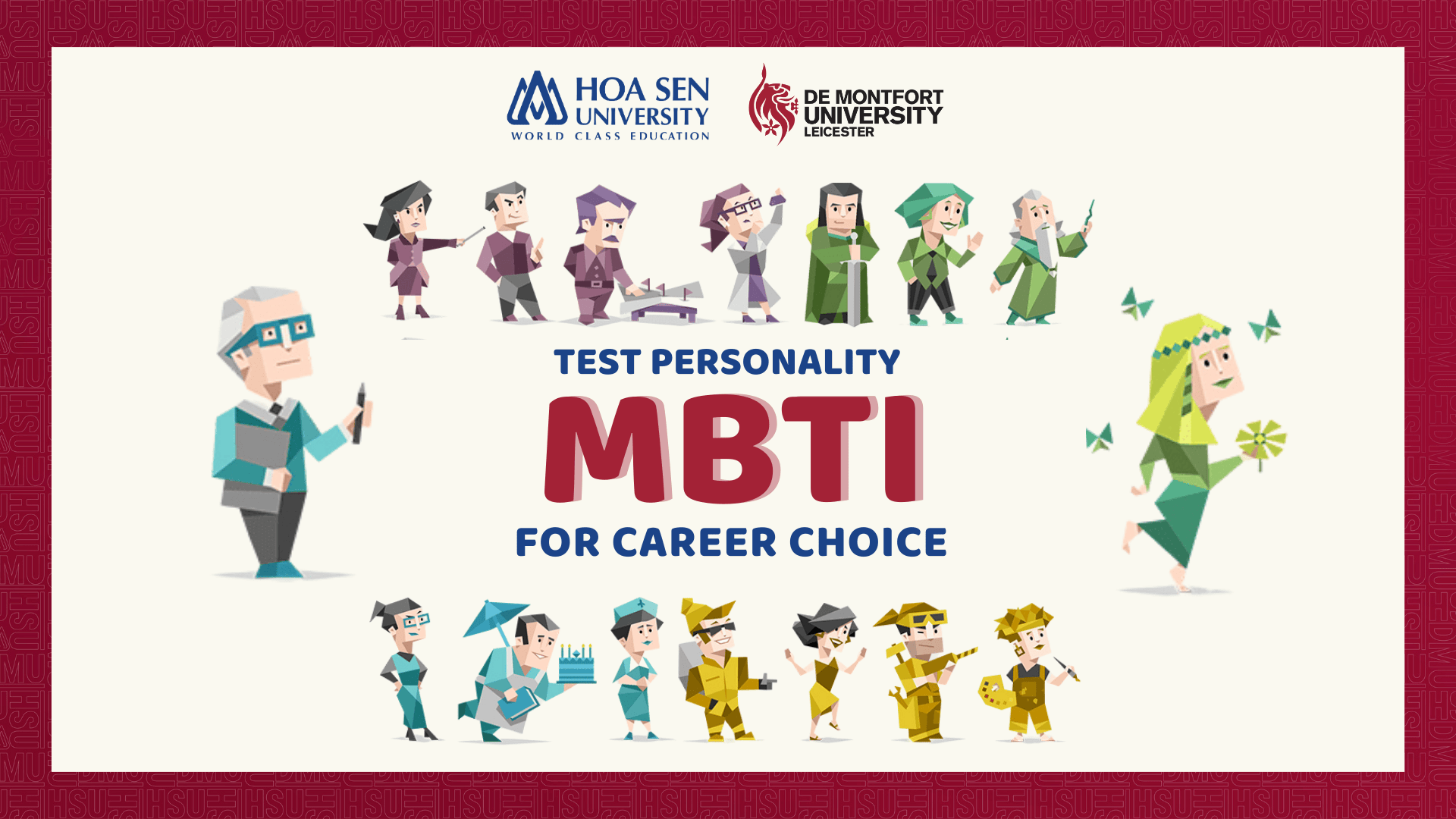Remote Work: Opportunities and Challenges
The COVID-19 pandemic has forced many businesses to flexibly change the way they operate, switching to remote work instead of working directly at the company. Remote work support tools are deployed to optimize work performance and help businesses manage employees effectively. However, according to many forecasts, remote work is not only a temporary solution but is gradually becoming a long-term trend for both domestic and international businesses. So what is an effective remote work model? What are the benefits and challenges of remote work? And which tools should businesses choose?

1. What is remote work?
Remote work is a form of workers taking advantage of modern technology devices to work from any location instead of having to be present at the office. With the support of the internet, employees can complete assigned tasks at home, coffee shops or anywhere with a connection. Some businesses will also manage and monitor employee performance through remote working software and systems.

2. Remote work trend in Vietnam
Remote working has become an indispensable trend globally. According to a report by PwC, the world’s leading consulting firm, this trend has grown strongly in Vietnam, especially in the context of COVID-19.
According to PwC’s 2021 study, 82% of respondents believe that remote working will be a sustainable trend in the future, even after the pandemic ends. PwC Vietnam also noted that 80% of current businesses consider remote working an essential option, in line with the requirements of the current and future labor market.
The report also showed that 19% of employees want to work completely remotely, 22% prefer to work remotely one day a week or less, and 33% want a hybrid model of office and work from home. To develop an effective hybrid model, the company has built three principles of remote working as follows:
- Changing management style: Focus on efficiency, empowering employees and implementing AGILE thinking.
- Managing to enhance performance: Apply management by objectives, establish policies and procedures, and maintain multiple communication channels.
- Building sustainable relationships with employees: Develop effective working methods from home, focus on engagement and create solidarity through interactive activities.
3. Opportunities when working remotely
This form of work has opened up many great opportunities for both employees and businesses. From saving time and costs to increasing access to global talent, this form of work is creating a new way to increase efficiency and productivity. Developing remote working skills not only helps to enhance self-discipline and self-discipline, but also expands opportunities to work in international environments. If you are looking for international study opportunities right in Vietnam, Hoa Sen – De Montfort program will be a solid stepping stone to help you develop a global career. Below are the outstanding benefits and opportunities of remote working that businesses and employees can exploit for sustainable development.

Save time and transportation costs
Working remotely helps employees save significantly on travel time and related costs such as gas or public transport tickets. Working from home also helps reduce stress by avoiding traffic jams, air pollution and noise from traffic, helping employees start the work day in a more relaxed way.
Flexible in working time and space
Working from home allows employees to choose the space, clothing and working methods that best suit them, helping to improve work efficiency compared to being bound to a fixed style at the office.
Increased focus on work
When working remotely, employees are less affected by office noise, colleagues or unnecessary conversations. This helps them focus better on tasks and increase work efficiency.
Reduce stress
Working from home makes it easier for employees to manage stress, thanks to the ability to take breaks or do light exercise at any time to reduce fatigue and increase energy.
Balance between work and life
Working remotely gives employees more time for their personal lives, helping them maintain a balance between work and family.
Reduce office rental costs
With the remote working model, the time employees are present at the office is reduced, helping businesses save significantly on rental costs. If applied effectively, companies can cut up to 30% of related costs compared to the traditional working model.
Expand recruitment opportunities and collaborate with employees in different regions
Working remotely allows businesses to recruit employees from many locations, even from different countries. This provides a competitive advantage, helping businesses expand their knowledge of new markets and improve performance. At the same time, domestic staff also have the opportunity to learn skills and experience from international personnel.
4. Challenges of working remotely
Although working remotely brings many opportunities, businesses must also consider some of the challenges that this model poses. Working remotely requires a high level of discipline from employees and can reduce the effectiveness of communication between members. Below are some points that businesses and employees need to consider before implementing it.

Requires high discipline and self-awareness
Working in the comfort of home can easily distract employees and reduce productivity. Employees may spend too much time on personal activities, prolong their lunch breaks, or be distracted by household chores. This can lead to delays and affect work efficiency.
Ineffective communication and exchange
Communication over the internet is often not as effective as when meeting in person. Employees have to wait for messages or schedule meetings, leading to more time spent on exchanging and solving work.
Requires the ability to solve problems on their own
In an office environment, employees can easily ask for advice from colleagues or superiors. In contrast, remote work requires employees to find ways to solve problems and develop personal skills when there is a lack of immediate support.
Reduced engagement with colleagues
Remote work causes interactions to take place mainly via the internet, reducing the connection and attachment between colleagues. This can affect team spirit and make it difficult to build a cohesive working culture.
Challenges in managing remote human resources
Because of the inability to directly supervise, businesses have to rely on management tools such as email, reports and online meetings. This requires stricter management processes and support tools to ensure transparency and honesty from employees.
5. Popular remote work models today
There are many different remote work models around the world today. So what are the differences between each model? Below are some popular remote work models, along with their own benefits and challenges that businesses need to consider when applying them.

5.1 Model 1: Fully Remote – Asynchronous (flexible in time)
In this model, employees work completely remotely and can choose flexible working hours. Often applied to companies with employees working from many different countries, this model allows employees to complete work anywhere, at any time, as long as they meet the deadline. For example, freelance writers can work as long as they ensure the product is as required.
Advantages:
- Employees have maximum flexibility in terms of working time and location.
- Businesses can maintain 24/7 operations thanks to the distribution of personnel across many regions.
- Help reduce labor costs by adjusting salaries appropriately by region.
Disadvantages:
- The difference in working hours can make it difficult to create connections between employees.
- Management faces challenges in dealing with issues quickly due to time zone differences and geographical distances.
5.2 Model 2: Fully Remote – Synchronous
Unlike the previous model, in the synchronous model, employees work remotely but in a unified time zone, usually in the same geographical area. Tasks need to be performed in real time to ensure synchronization and effective coordination.
Advantages:
- Improves communication and collaboration between departments.
- Allows employees to interact in real time, helping to handle problems quickly.
Disadvantages:
- Difficult to serve customers outside of working hours due to limited operating hours.
- Difficult to recruit international staff due to time zone differences.
5.3 Model 3: Hybrid Work
In this model, businesses combine remote and in-office employees. Employees can work from home on some days of the week and come to the office on the remaining days, creating flexibility and reducing office costs.
Advantages:
- Expands the ability to recruit personnel outside the company’s area.
- Reduces office costs by rotating remote workers.
Disadvantages:
- Difficult to maintain connections between remote and in-office employees.
- Requires employees to have high flexibility in their work and balance between personal life and work.
5.4 Model 4: Partially Remote
Employees can work remotely on certain days of the week, depending on the manager’s arrangement, creating flexibility in schedules and helping employees adapt to the remote working model.
Advantages:
- Help employees manage their time and create more comfort when working.
- Reduce office operating and maintenance costs.
Disadvantages:
- Need to manage the budget carefully to meet the costs incurred when reducing office usage.
5.5 Model 5: Remote-First Work Model (Prioritize remote work)
In this model, employees mainly work from home, with only a few employees who need to use special equipment needing to come to the office. For example, marketing staff can work remotely, while technical staff may need to work in the office.
Advantages:
- Increases flexibility for employees when working from home.
- Reduces office space rental costs when only a smaller area is needed.
Disadvantages:
- Difficult to build connections and bonds between remote and in-office employees.
- Causes differences between remote and in-office employees in terms of benefits.
5.6 Model 6: Office-First Work (Prioritize working in the office)
Unlike other remote work models, this model requires the majority of employees to work in the office, with only a limited amount of time spent working remotely, usually a few days a month, to support personal needs.
Advantages:
- Employees can balance their personal and work lives thanks to flexible work-from-home hours.
- Reduce office maintenance costs to a minimum.
Disadvantages:
- Controlling the number of working days can be difficult due to the uneven number of employees working in the office.
- Costly in maintaining office space if many employees choose to work in the office at the same time.
6. Tools and software to support remote work
To support remote work models to become more effective and convenient, many tools and software have been developed to enhance communication, manage work, share documents and ensure work progress in asynchronous working environments. Below are some of the most popular remote work tools today:

6.1 Project and task management tools
- Trello: A Kanban-based project management application that helps track tasks, progress, and team communication through visual boards.
- Asana: Supports task management according to detailed schedules, easily assigns work and tracks deadlines, very suitable for teams that need close coordination.
- Monday.com: A versatile project management tool that helps track multiple projects and teams through flexible work boards and charts, suitable for any remote working model.
6.2 Online communication and meeting tools
- Zoom: Popular online meeting software, allowing video meetings with a large number of participants, screen sharing and meeting recording features.
- Microsoft Teams: Provides group chat, video calling, and deep integration with Microsoft tools such as Word, Excel and Outlook, suitable for teamwork organizations.
- Slack: Group chat platform with separate channels, making it easy to manage communication in work by project or group.
6.3 Document sharing and storage tools
- Google Workspace (Google Drive, Docs, Sheets): Online office tools from Google, allowing simultaneous work and sharing of documents, effectively supporting remote work.
- Dropbox: Cloud data storage solution, allowing sharing and accessing documents at any time, while supporting secure sharing of links to documents.
- OneDrive: Tightly integrated with Microsoft Office, making it easy to store and share documents internally and with external partners.
6.4 Time and productivity tracking tools
- Toggl Track: Time tracking software that records working time for each task, supporting employees and managers to effectively control work performance.
- Clockify: Free and easy to use, Clockify supports time tracking and productivity reporting, helping remote teams better control work progress.
- RescueTime: Tracks computer activity and provides detailed productivity reports, thereby helping employees have a clearer view of their work performance.
6.5 Công cụ hỗ trợ quản lý và phân tích hiệu suất
- Basecamp: Remote work management solution, supports task assignment, progress tracking and team communication, very suitable for companies with teams distributed across many areas.
- Hubstaff: Combines time tracking and screen capture features to give managers a holistic view of remote employees’ productivity and performance.
- Jira: Professional project management tool for engineering teams, helping to plan, track progress and report project results, especially useful for software development teams.
7. Conclusion
In conclusion, remote work is opening up many development opportunities for employees and businesses in the digital age. Although there are still some challenges, if there is careful preparation in terms of discipline, communication skills, and problem-solving ability, individuals can fully take advantage of the benefits that this model brings. Mastering remote working support tools and understanding suitable models will help you achieve higher performance, no matter where you work.To effectively take advantage of remote working opportunities and meet the increasing demands of the international market, you can refer to Hoa Sen – De Montfort international program, which provides a solid foundation and the necessary skills for a global career.
Read more:
- Remarkable Student Experiences at Hoa Sen De Montfort in October 2024
- Study International Bachelor’s Degrees in 3 Popular Majors: Marketing, International Business, Graphic Design at Hoa Sen – De Montfort
- What is On-site Study Abroad? Opportunities to Study at Home with the Hoa Sen – De Montfort Program
——————————————–
CONSULTATION CONTACT: Hoa Sen – De Montfort Program (Institute of International Education)
Apply online here
Register for consultation here
📍 Address: Room 1007, 10th floor, 08 Nguyen Van Trang, Ben Thanh Ward, District 1, Ho Chi Minh City Phone: 028 7309 1991 (Ext: 4792)
Hotline: 0888 275 276
Email: demontfort@hoasen.edu.vn
Website: www.hoasen.edu.vn/demontfort/












